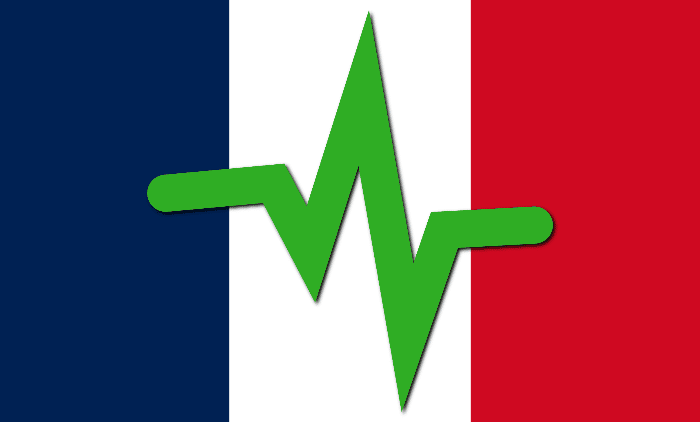US approves migraine nasal spray, the first treatment of its kind, understand how it works
[ad_1]
The US regulatory agency, Food and Drug Administration (FDA) on Friday approved Pfizer’s nasal spray for migraine. The drug Zavzpret, also known as zavegepant, has been approved for the treatment of acute headaches in adults.
“The approval marks a significant step forward for people with migraines who need pain relief and prefer alternative options to oral medications,” said Angela Hwang, chief commercial officer and president of Pfizer’s global biopharmaceutical business.
In February, the company released promising results from late-stage trials of the drug. According to her, the study, which was peer reviewed and published in the medical journal Lancet Neurology, showed that the drug is “effective in the acute treatment of migraine.”
The research evaluated the drug’s ability to deal with pain and other migraine symptoms in 1,405 people who suffer multiple attacks of headaches per month. The trials were conducted at 90 clinics and medical centers across the US, with half of the participants receiving a single dose of the drug and the other half receiving a placebo.
The nasal spray performed better than placebo on several tests, including pain relief 15 minutes after administration and sustained relief two to 48 hours after treatment. The company also stated that no serious side effects were identified in the study, the most common being: taste alteration, nasal discomfort and nausea, presented in only 2% of participants.
It is still contraindicated in patients with a history of hypersensitivity to zavegepant or any of its components. Hypersensitivity reactions including facial edema and hives.
According to the National Institute of Neurological Disorders and Stroke, migraines are a type of headache caused by activation of nerve fibers in the walls of blood vessels in the brain that cause recurrent attacks of moderate to severe throbbing and pulsing pain. CGRP, short for calcitonin gene-related peptide, is a chemical messenger in the brain that plays a role in modulating pain and inflammation. Zavzpret works by blocking CGRP signals, according to Pfizer.
— This peptide triggers migraine attacks. Different from existing treatments based on monoclonal antibodies that act to prevent these crises and avoid pain, this new drug is from the class of gepants, which focuses on acting in the acute crisis and stopping the migraine. It is more effective and works much faster,” explains the neurologist at Hospital Israelita Albert Einstein, Mário Peres.
The approval of the medicine, which is not yet available in Brazil, was anxiously awaited by doctors and patients, because, in addition to being an option for the treatment of a disease that affects thousands of people, and the speed with which it acts in the body, it can be an alternative for people who suffer from migraines and have nausea and vomiting as symptoms and cannot swallow pills to ease the pain.
Some people who suffer from severe headaches have what doctors call migraine gastroparesis, which works as if the intestines fell asleep, not being able to absorb the pills effectively, which results in a longer period of pain and nuisance.
— This is a great advantage, because even those patients who manage to swallow the pill during a crisis will have a very low digestive tract absorption. In other words, the nasal medication is an additional reason to have a good prognosis and cut the migraine crisis,” says Peres.
migraine incidence
Studies show that nine out of ten people, including children, have some form of headache. At least 150 types of headaches have already been catalogued, with different degrees of suffering, duration and location. However, the most feared and painful for those who suffer from this disease is migraine – which affects about 15 out of every 100 individuals, that is, about 30 million people in Brazil. And the sixth most disabling disease in the world.
In the United States, it is estimated that 40 million people suffer from migraines, with women being the majority of victims – 70% of cases. Nearly a quarter of people living with the disease report symptoms so severe that they seek emergency care.
The World Health Organization (WHO) ranks migraines as the second leading cause of disability in the world. Migraine is characterized by debilitating attacks lasting four to 72 hours with multiple symptoms, including pulsating headaches of moderate to severe intensity.
While severe headaches are a key feature of migraine, attacks are a complex phenomenon that can present with a range of other symptoms, including nausea, sensitivity to light and sound, and visual disturbances known as auras.
[ad_2]
Source link


